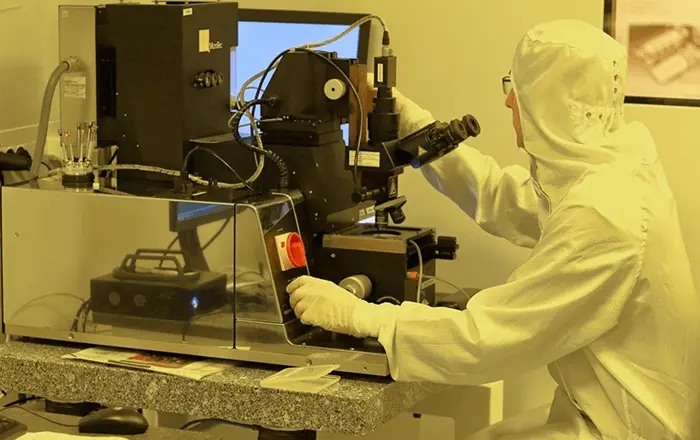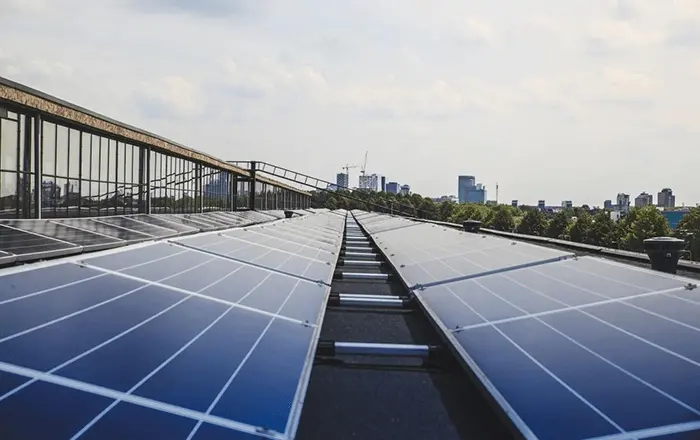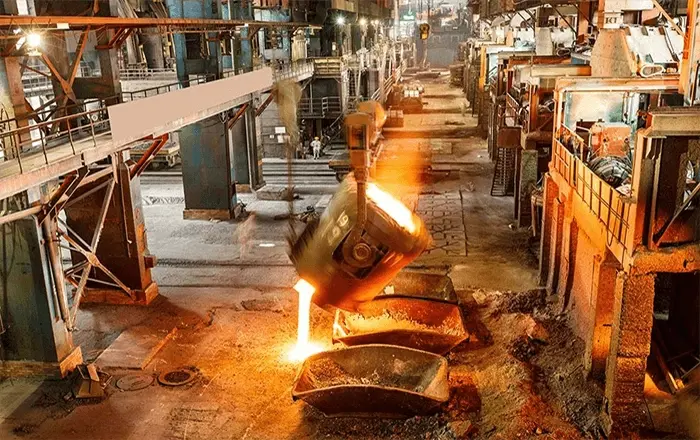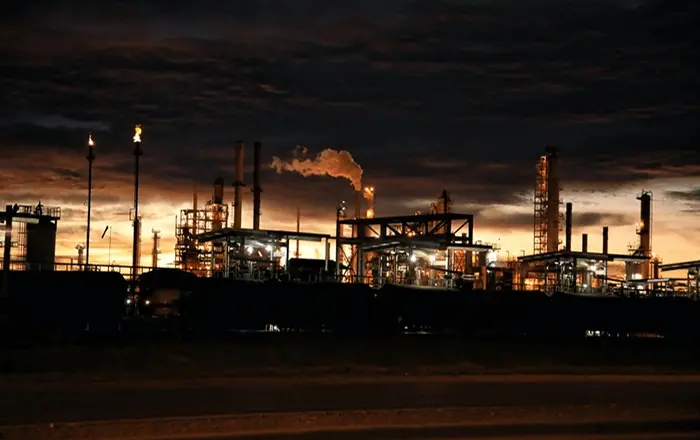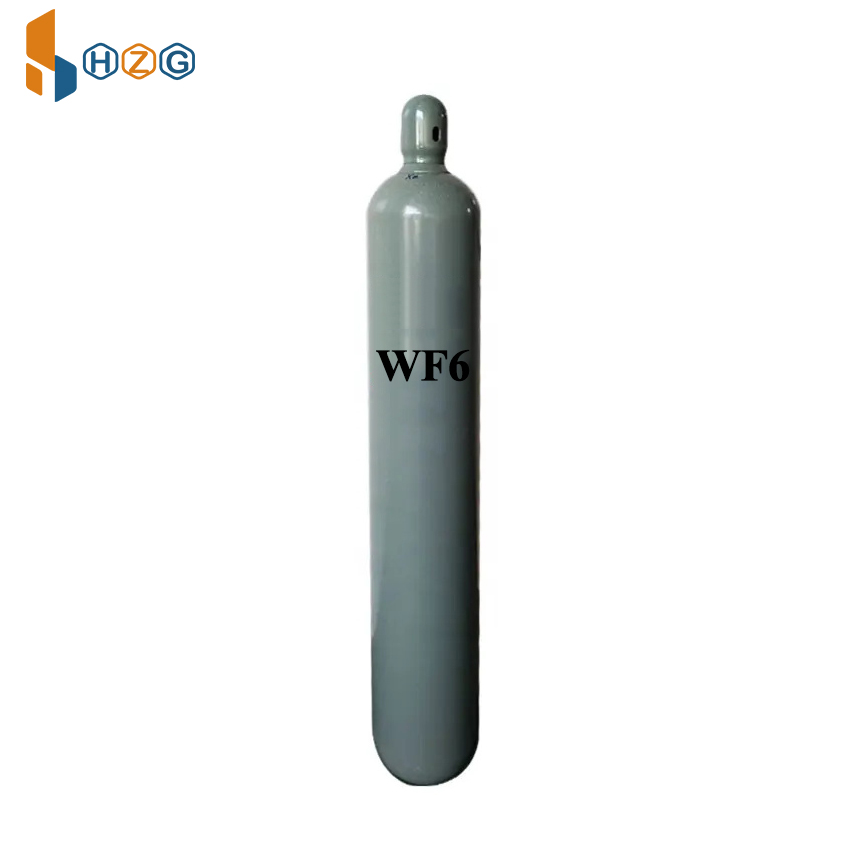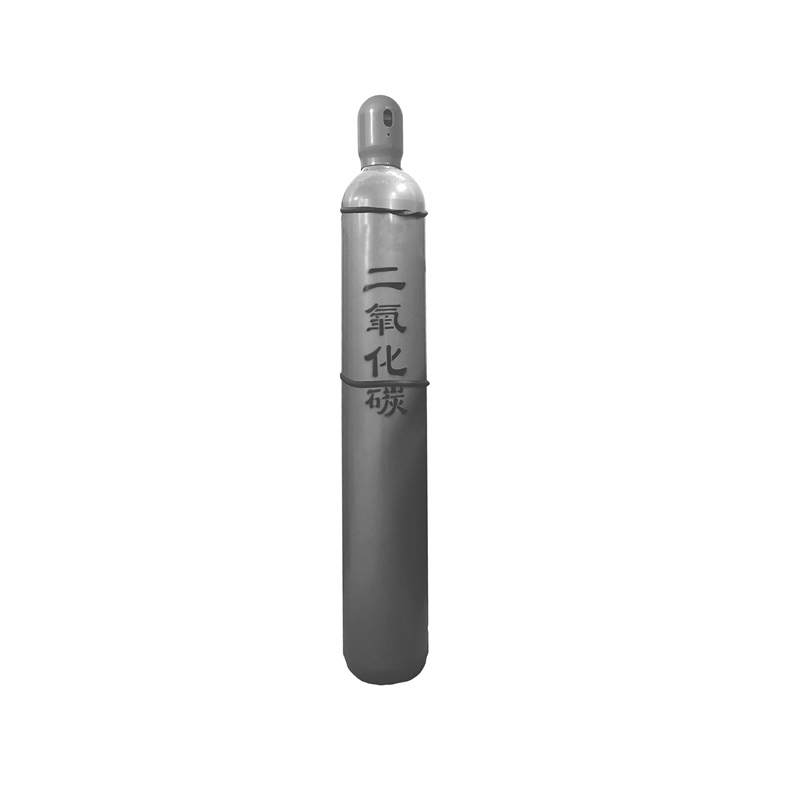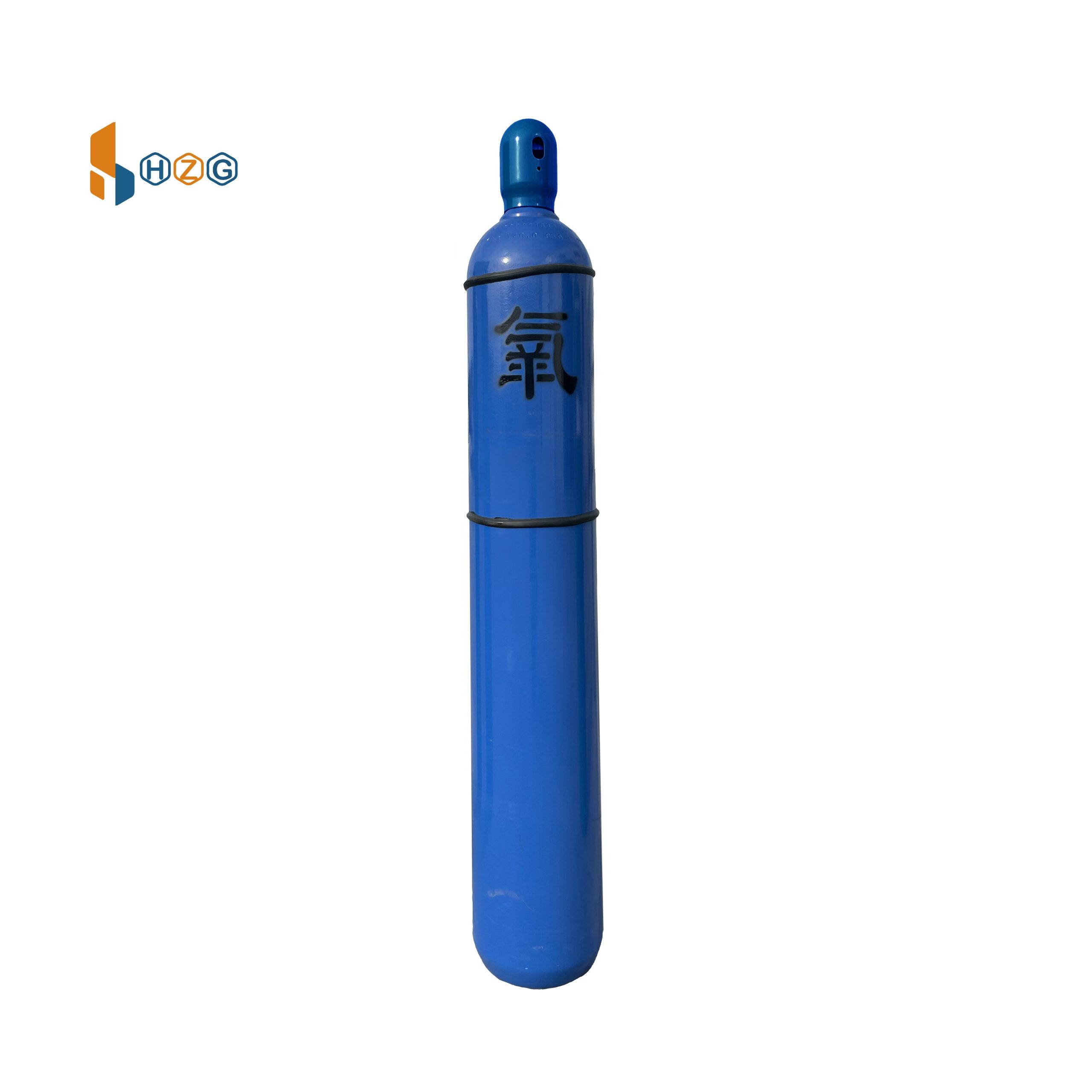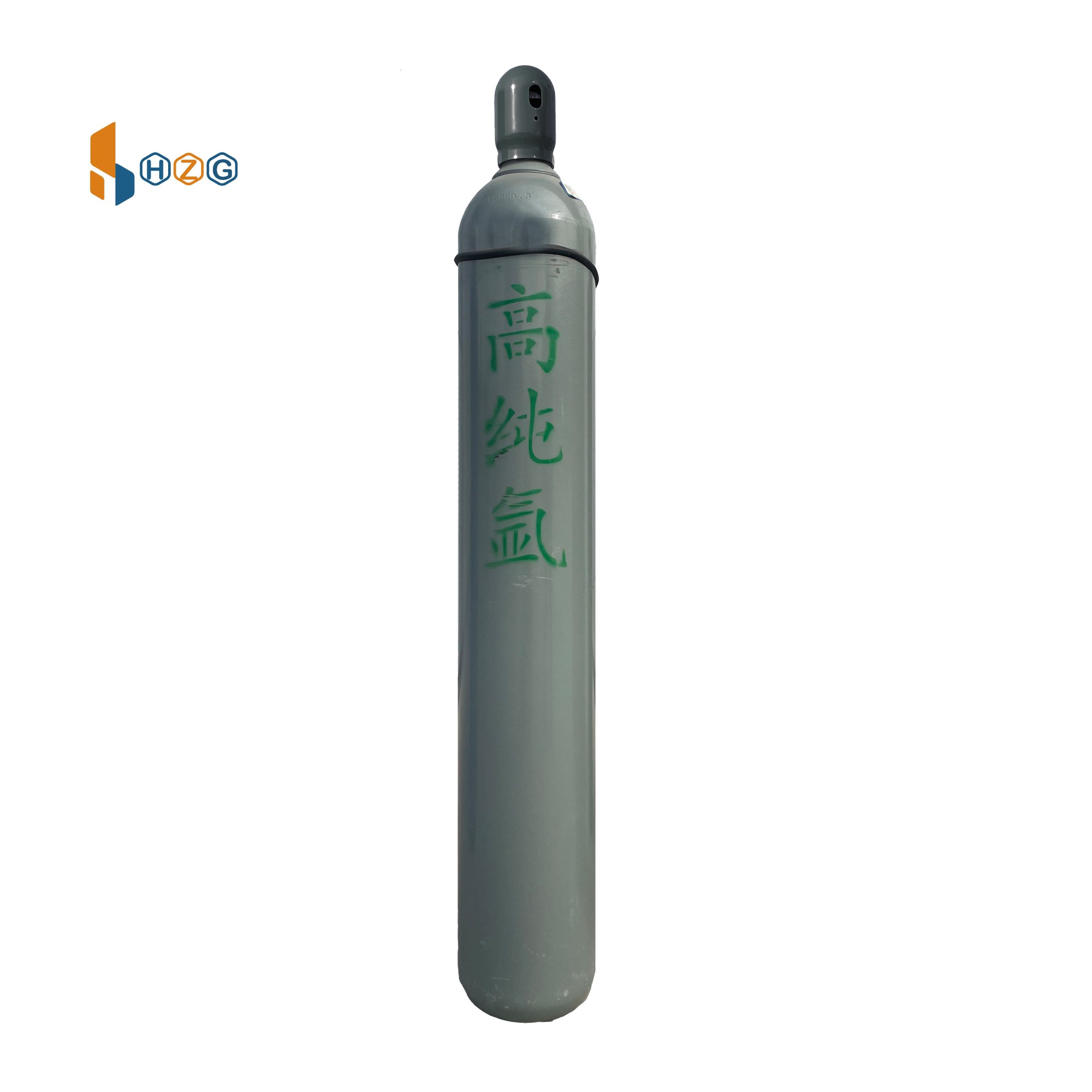Other specifications of packaging can be provided according to customer requirements
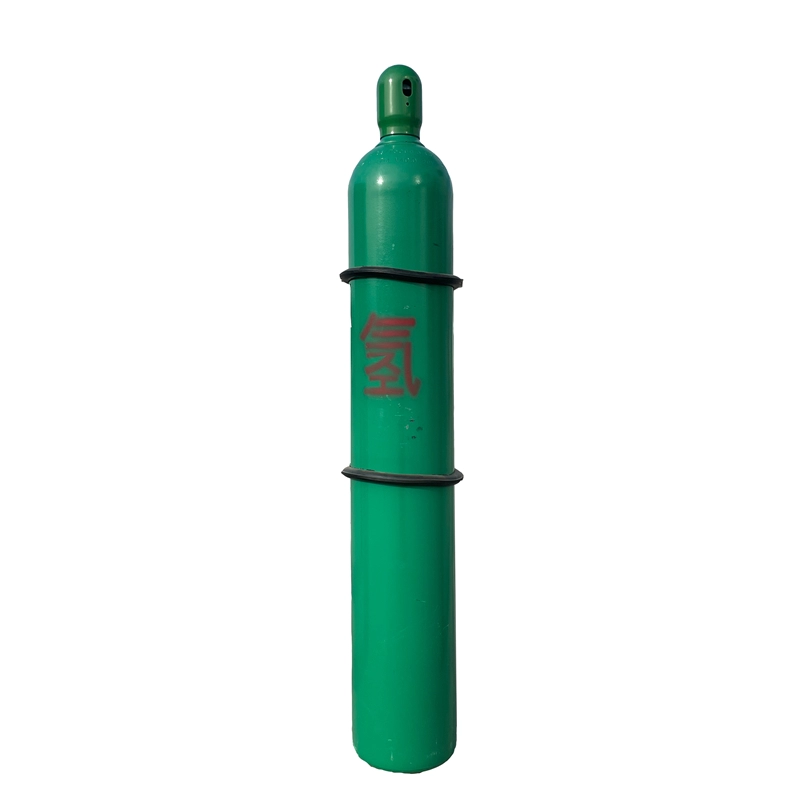
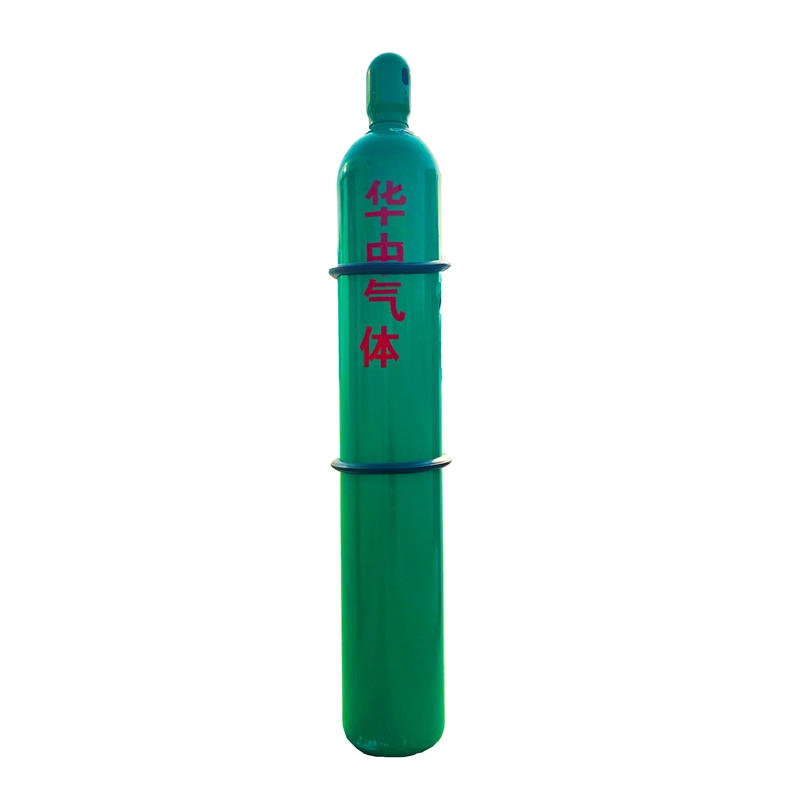
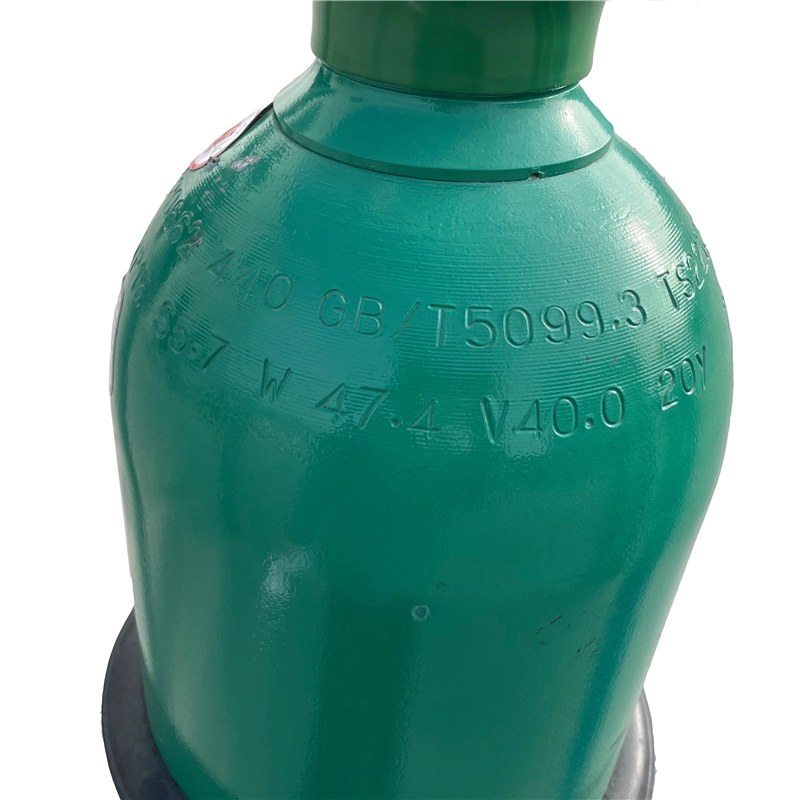
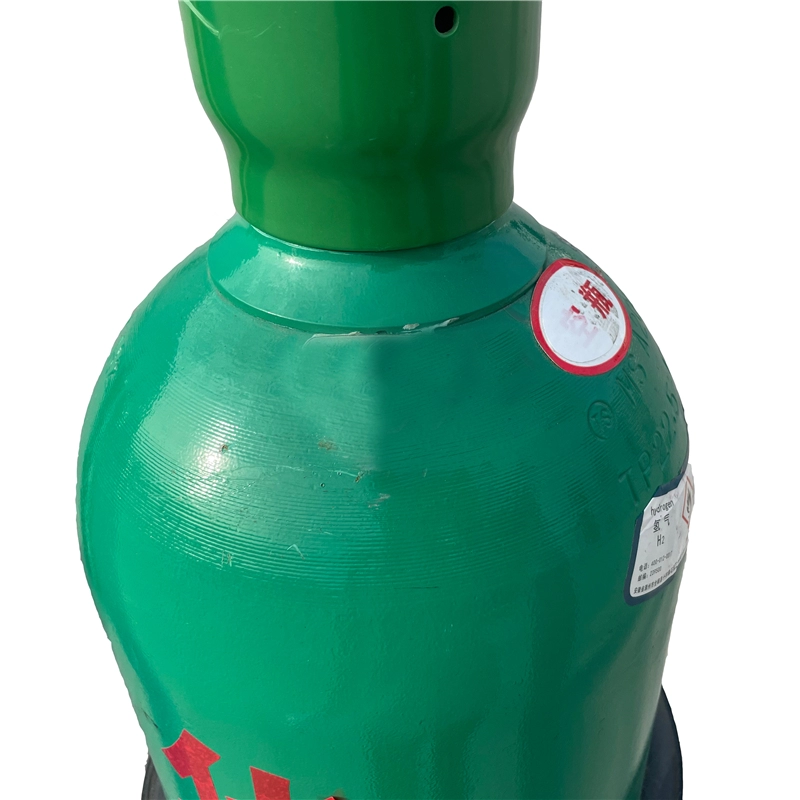










Hydrogen Industrial Gas 99.999% purity H2
Hydrogen is most commonly produced for on-site use by steam reforming of natural gas. These plants could also be used as a source of hydrogen for the commercial market. Other sources are electrolysis plants, where hydrogen is a by-product of chlorine production, and various waste gas recovery plants, such as oil refineries or steel plants (coke oven gas). Hydrogen can also be produced by electrolysis of water.
In the field of energy, hydrogen can be converted into electricity by fuel cells, which has the advantages of high efficiency, environmental protection, no noise and continuous energy supply, and is suitable for domestic and commercial use. Hydrogen fuel cell, as a new clean energy technology, can react hydrogen with oxygen to produce electricity, while releasing water vapor and heat. Hydrogen is used in processes such as hydrogen-oxygen welding and cutting, which do not require the use of highly toxic and toxic gases and are pollution-free to the environment and human body. In addition, hydrogen is also used in hydrogenation of organic synthesis reactions, and hydrogenation reactions in the petroleum and chemical industries. The medical field is also an important application direction of hydrogen. Hydrogen can be used in hyperbaric oxygen therapy to improve the body’s oxygen supply. In addition, hydrogen is also used to treat cardiovascular and cerebrovascular diseases, tumors and other diseases.
Hydrogen Industrial Gas 99.999% purity H2
Parameter
| Property | Value |
|---|---|
| Appearance and properties | Colorless, odorless gas |
| PH value | Meaningless |
| Melting point (℃) | -259.18 |
| Boiling point (℃) | -252.8 |
| Relative density (water = 1) | 0.070 |
| Relative vapor density (air = 1) | 0.08988 |
| Saturated vapor pressure (kPa) | 1013 |
| Heat of combustion (kJ/mol) | No data available |
| Critical pressure (MPa) | 1.315 |
| Critical temperature (℃) | -239.97 |
| Octanol/water partition coefficient | No data |
| Flash point (°C) | Meaningless |
| Explosion limit % | 74.2 |
| Lower explosive limit % | 4.1 |
| Ignition temperature (℃) | 400 |
| Decomposition temperature (℃) | Meaningless |
| Solubility | Insoluble in water, ethanol, ether |
| Flammability | Flammable |
| Natural temperature (℃) | Meaningless |
Safety Instructions
Emergency Overview: Highly flammable gas. In case of air can form explosive mixture, in case of open fire, high heat burning explosion risk.
GHS Hazard Class: According to the chemical Classification, Warning Label and Warning Specification series standards, the product belongs to flammable gases: Class 1; Gas under pressure: compressed gas.
Warning word: Danger
Hazard information: Extremely flammable. Extremely flammable gas, containing high pressure gas, may explode in case of heat.
Precautionary statement
Preventive measures: Keep away from heat sources, sparks, open flames, hot surfaces, and no smoking in the workplace. Wear anti-static electrical clothing and use fireproof flower tools during use.
Accident response: If the leaking gas catches fire, do not extinguish the fire unless the leaking source can be cut off safely. If there is no danger, eliminate all sources of ignition.
Safe storage: Avoid sunlight and store in a well-ventilated place. Do not store with oxygen, compressed air, halogens (fluorine, chlorine, bromine), oxidants, etc
Disposal: This product or its container shall be disposed of in accordance with local regulations.
Main physical and chemical risk: lighter than air, high concentrations can easily lead to ventricular breathing. Compressed gas, extremely flammable, impure gas will explode when ignited. The cylinder container is prone to overpressure when heated, and there is a risk of explosion. Safety helmets and shock-proof rubber rings should be added to the cylinders during transportation.
Health hazard: Deep exposure can cause hypoxia and asphyxia.
Environmental hazards: Meaningless

